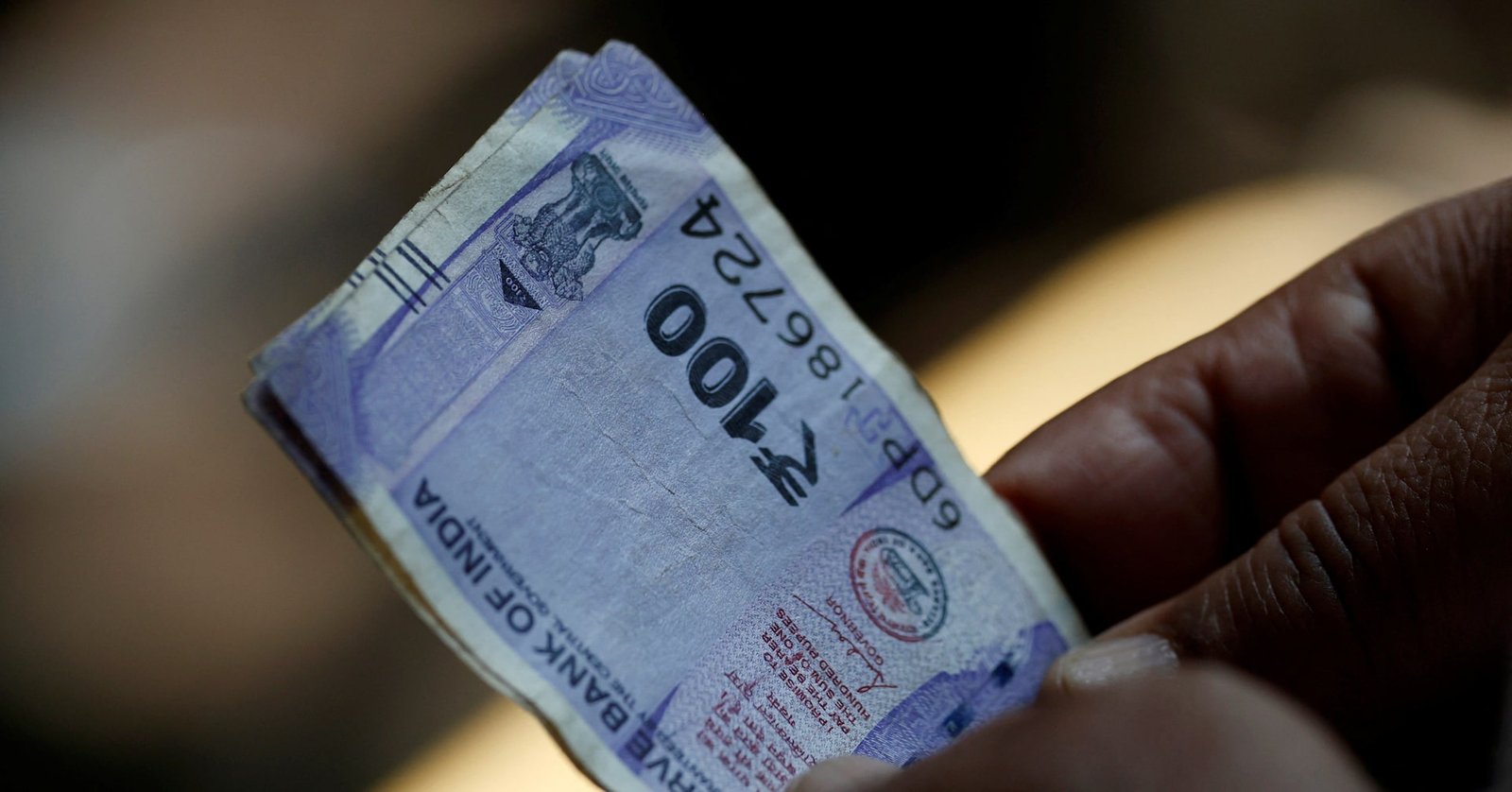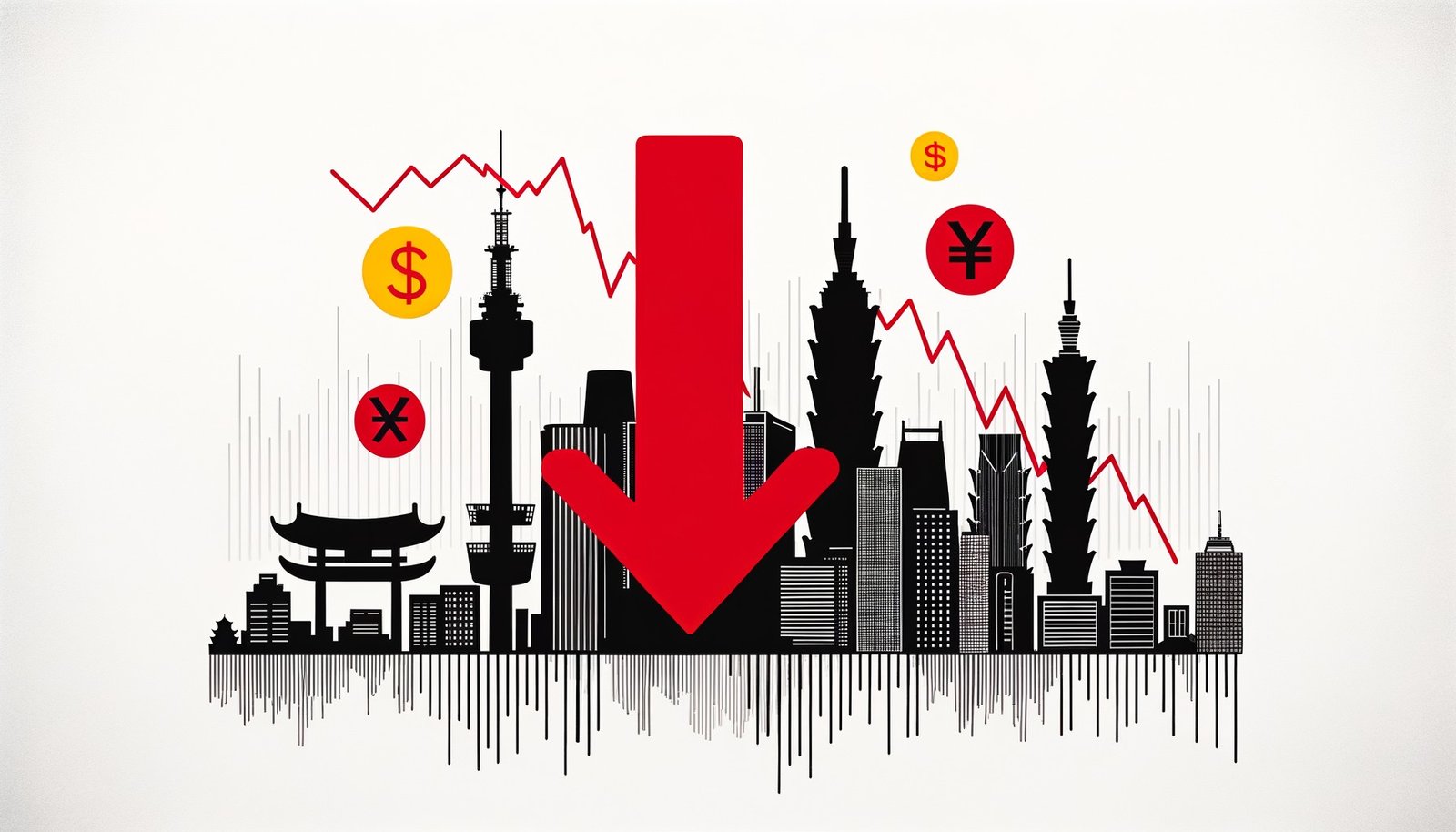Many travellers are now opting for domestic destinations like Goa, Kerala, Rajasthan, Lakshadweep, Himachal Pradesh, and the North East.

India’s travel industry is not expecting an immediate impact from the rupee’s depreciation against the US dollar.
However, experts warn of long-term effects on outbound tourism, particularly influencing flight prices and accommodation costs.
Conversely, the depreciating rupee makes India more attractive to foreign tourists, potentially boosting inbound tourism.
On January 13, the rupee dropped past 86 against the dollar, marking its steepest single-day fall in nearly two years.
Ramalingam Subramanian, president of Cox & Kings (a travel company owned by Wilson and Hughes), and Chirag Agarwal, co-founder and chief operating officer of TravClan (a business-to-business platform for travel agents), highlight rising travel expenses.
“Every aspect of travel — airfares, hotels, and local expenses abroad — has seen a noticeable increase, often by 10 to 15 per cent,” said Subramanian.
“As an operator, we focus on cushioning currency fluctuations for customers by securing better deals with global partners, using hedging mechanisms, and adopting dynamic pricing models to maintain cost transparency and stability,” he added.
Many travellers are now opting for domestic destinations like Goa, Kerala, Rajasthan, Lakshadweep, Himachal Pradesh, and the North East, which offer breathtaking landscapes, cultural experiences, and affordable accommodation.
Internationally, Cox & Kings says, bookings for Thailand, Vietnam, and Indonesia have increased due to their lower cost of living.
“In our experience, travellers adjust budgets or itineraries rather than compromise on their preferred destinations. Destinations with stronger purchasing power against the rupee remain popular, especially with the growing demand from first-time travellers,” said Agarwal.
Anand Ramanathan, partner and consumer industry leader at Deloitte India, described the rupee’s depreciation as a double-edged sword.
“While it boosts inbound tourism by 8 to 10 per cent as seen in past currency weakness, it also increases outbound travel costs, reducing demand for international trips (leisure and business) by 12 to 15 per cent due to higher airfares and accommodation expenses,” he explained.
Rajiv Mehra, general secretary of the Federation of Associations in Indian Tourism and Hospitality and President of the Indian Association of Tour Operators, noted that the current depreciation would not majorly affect inbound tourist flow.
According to TravClan, Indians typically plan international travel well in advance, mitigating the impact of recent exchange rate fluctuations on booking patterns.
To increase foreign tourist arrivals, Mehra said India needs to focus on source market promotion, visa facilitation, safety, security, and reducing heavy taxation in the hospitality industry.
“If this rupee depreciation continues, India might benefit,” Mehra explained, “but other countries like Sri Lanka and Thailand have experienced similar or greater currency depreciation, neutralising any big advantage for India.”
Feature Presentation: Aslam Hunani/Rediff.com





